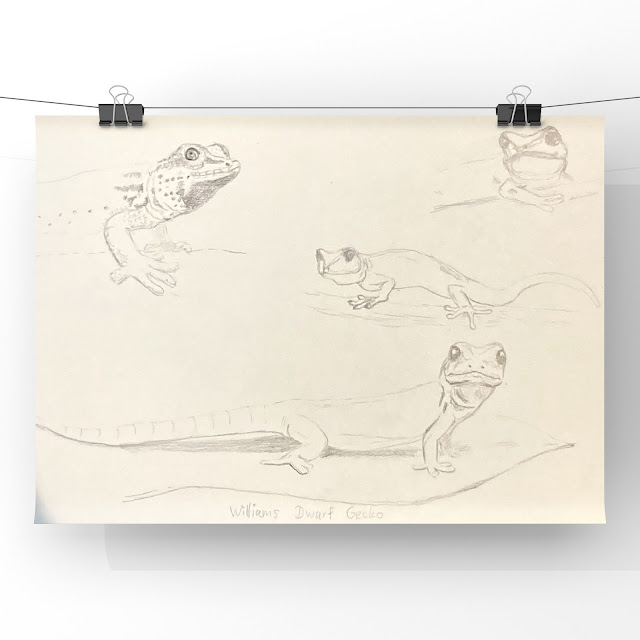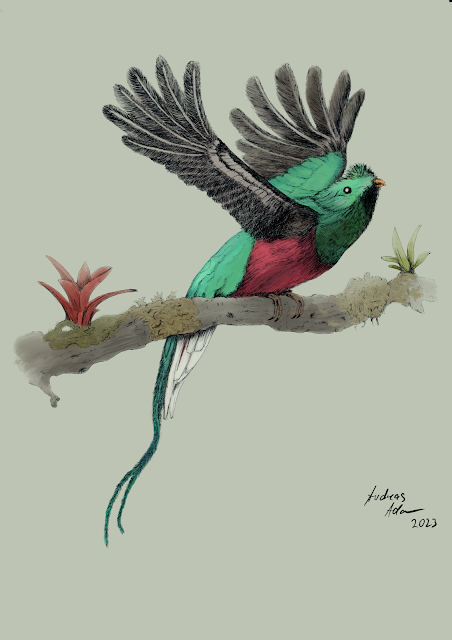The Cheetah’s Hunt - Gag Comic

A few of my brain cells worked together and came up with a little animal gag comic. I think as inspiration I can blame the Keeper Chat podcast where I learned about some interesting cheetah facts that are rarely mentioned in documentaries. Enjoy! I have been dreaming a while now about writing about animals and our relationship or misconceptions about them. But who reads blogs nowadays anyway, huh? So I tried to keep short, funny and a bit educational. Maybe, maybe this is the start of a new project. Thanks for reading and till next time, Andi Pasti





